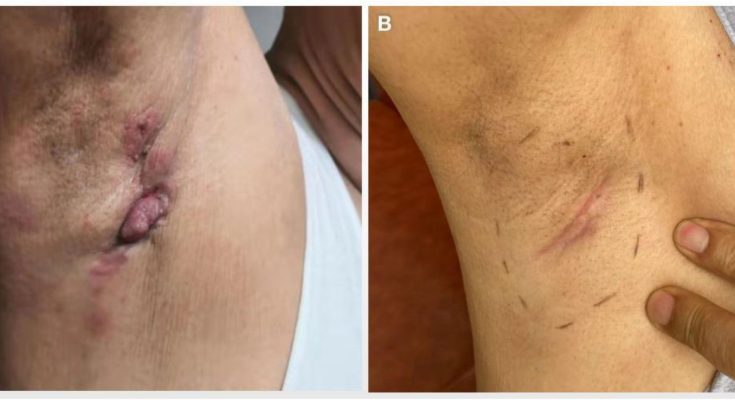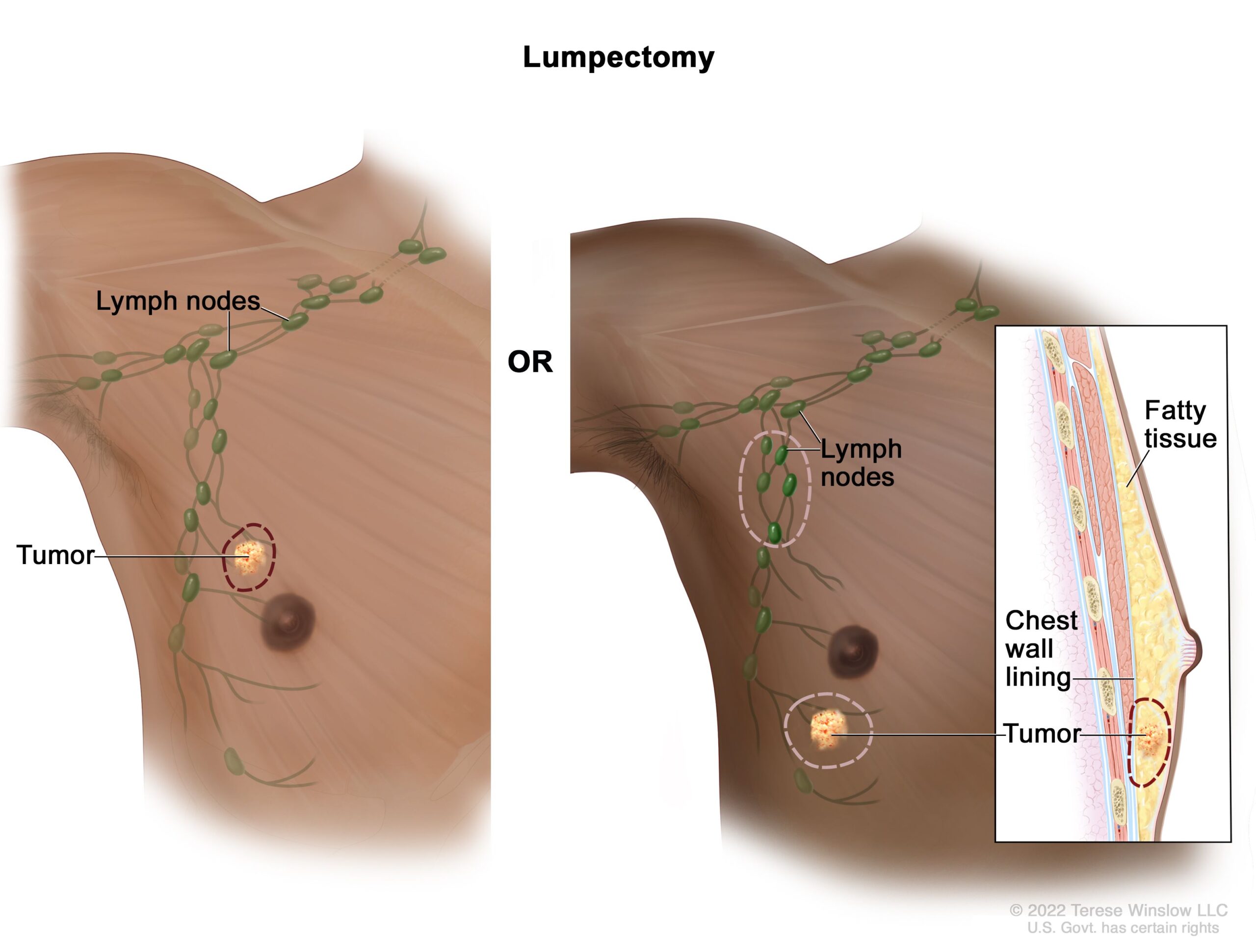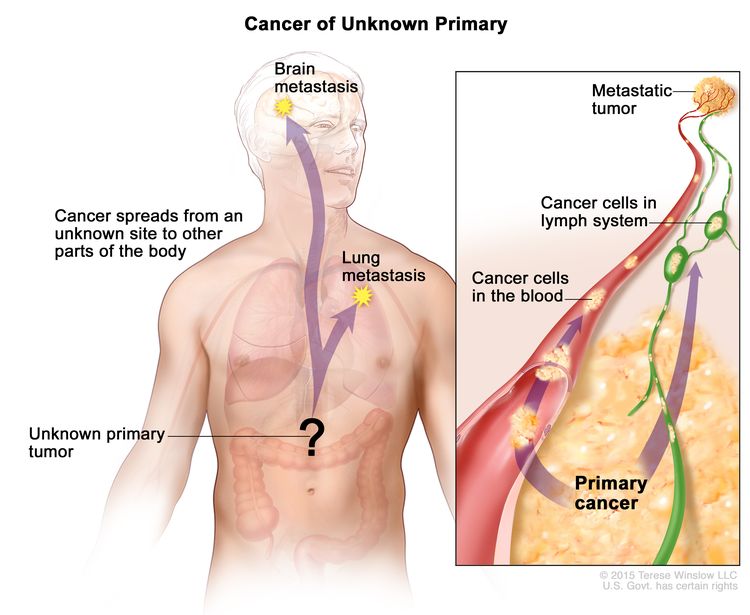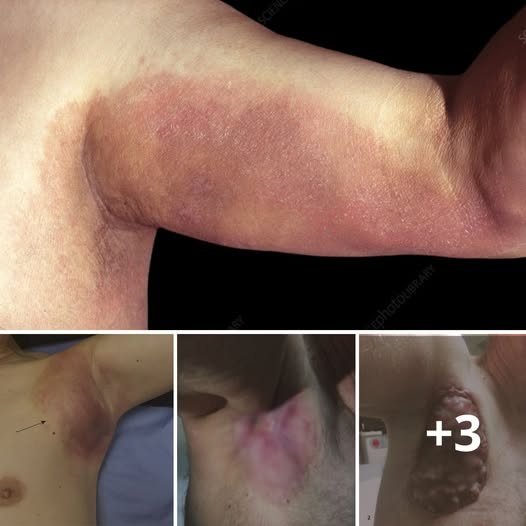Imagine finding a small, seemingly innocent lump on your body. You brush it off, right? “It’s probably nothing,” you tell yourself. “I’m healthy.” But what if that tiny, dismissed symptom was the first, terrifying whisper of a silent, aggressive cancer hiding deep within?
This isn’t a scare tactic; it’s a critical wake-up call. We’re sharing a powerful, real-life story that proves cancer doesn’t always follow the rules. It doesn’t always announce itself with obvious pain or clear signs. Sometimes, the most dangerous threats begin as the most subtle, easily ignored symptoms. And recognizing them could save your life.
The Unseen Threat: A Man’s Battle with a Hidden Cancer
Meet a 73-year-old man, active and seemingly healthy, who noticed a small lump on his upper chest. He was a non-smoker, rarely drank, and had no major health issues. So, he dismissed it. For an entire year.
But that lump had other plans. It grew. Slowly at first, then more rapidly, until it became a painful, oozing mass, reaching a shocking 20 centimeters (nearly 8 inches!). By the time he finally sought medical help, his family had noticed other changes: unexplained fatigue, shortness of breath, and even a subtle shift in his voice. These were the silent alarms, ringing unheard.
A trip to the emergency room marked the beginning of a journey no one expected. Doctors quickly discovered a large mass near his armpit, along with enlarged lymph nodes. Surgery was performed, but the tumor was too deeply involved with nerves to be fully removed.
Then came the shocking diagnosis: metastatic melanoma. But here’s the terrifying twist: there was no visible primary tumor on his skin, eyes, or anywhere else. After exhaustive searches, no origin could be found. He was diagnosed with Metastatic Melanoma of Unknown Primary (MUP)—a rare, aggressive, and often misunderstood condition where the original cancer disappears, but its deadly cells spread elsewhere.

🚨 DON’T IGNORE THESE VAGUE SYMPTOMS! 🚨
This man’s story is a chilling reminder that MUP often presents silently, with symptoms that are easy to dismiss as minor ailments or signs of aging. Your body is always talking to you. Are you listening?
Here are the critical symptoms that could signal a hidden threat:
- A Persistent Lump or Swelling: This is the most common first sign of MUP. It might appear in your armpit, groin, neck, or anywhere else. It might be small at first, but it will likely grow. Do NOT ignore any new, persistent, or growing lump, even if it’s painless.
- Unexplained Fatigue: Feeling constantly drained, even after rest? This isn’t just “getting older.” Persistent, severe fatigue that impacts your daily life can be a symptom of many serious conditions, including cancer.
- Shortness of Breath: If you’re finding yourself winded doing activities that were once easy, or experiencing a persistent cough that won’t go away, it’s time to get it checked.
- Voice Changes: A persistent hoarseness, a raspy voice, or any noticeable alteration in your vocal quality that doesn’t resolve could be a subtle sign of a mass pressing on nerves or affecting your vocal cords.
- Weight Loss (Unintentional): Losing weight without trying is a significant red flag that should always be investigated by a doctor.
- Night Sweats/Fever: Persistent night sweats or unexplained fevers can also be symptoms of underlying health issues.
- Remember: These symptoms can be caused by many benign conditions. But in rare cases like MUP, they are the only clues your body gives you.
Why MUP is So Frightening (and What We Know):
- The Vanishing Act: In MUP, the original melanoma on the skin (the “primary” tumor) somehow regresses or disappears on its own, often due to the body’s immune response. But while the original lesion vanishes, the cancer cells have already escaped and spread to lymph nodes or other organs.
- Elusive Diagnosis: Because there’s no visible primary tumor, diagnosing MUP is incredibly challenging. Doctors have to rule out many other possibilities.

Who is at Risk? MUP tends to occur more often in men, typically between 40 and 60 years old, though it can affect anyone. Unlike typical melanoma, there’s no definitive risk profile like extensive sun exposure or family history of skin cancer.
💡 LIFE-SAVING TIPS: What YOU Can Do!
This man’s journey is a powerful lesson in vigilance and advocacy. Don’t let fear paralyze you. Empower yourself with knowledge and action!
LISTEN TO YOUR BODY – ALWAYS!
- Don’t Dismiss New Symptoms: Any new lump, persistent pain, unexplained fatigue, or unusual change in your body that lasts for more than a few weeks needs medical attention. Trust your gut.
- Document Everything: Keep a journal of your symptoms: when they started, how they feel, what makes them better or worse. This information is invaluable for your doctor.
SEEK MEDICAL ATTENTION PROMPTLY!
- Don’t Delay: If you notice any of the symptoms above, especially a new or growing lump, see your doctor immediately. Early detection is always key, especially with aggressive cancers like melanoma.
- Advocate for Yourself: If your concerns are dismissed, don’t hesitate to seek a second opinion or ask for specific tests (like imaging or a biopsy of the lump). You know your body best.
STAY PROACTIVE WITH YOUR HEALTH!
- Annual Check-ups: Don’t skip your yearly physicals. They are crucial for catching subtle changes.
- Skin Self-Exams: Regularly check your skin for any new or changing moles, spots, or lesions. Use the “ABCDE” rule for moles (Asymmetry, Border irregularity, Color variation, Diameter >6mm, Evolving).
- Know Your Family History: While MUP doesn’t always follow typical risk factors, knowing your family’s cancer history can still be helpful for your doctor.

Your Vigilance is Your Power!
Melanoma of unknown primary is a stark reminder that cancer doesn’t always follow a clear script. It can present silently, with vague symptoms, affecting those who live healthy lives. But with the right care, early detection, and modern medicine, even the most mysterious diagnoses can be met with hope.
This man’s story of resilience—seeking help, enduring surgery, and navigating months of therapy—is a testament to the power of fighting back. He is now in recovery, focused on healing and spreading awareness.
Don’t let a silent symptom become a hidden crisis. Share this vital information with your loved ones. Your awareness could save a life!
#CancerAwareness #Melanoma #HiddenCancer #EarlyDetection #HealthTips #ListenToYourBody #UnexplainedLump #MedicalMystery #VagueSymptoms #HealthEducation #ViralHealth
Sources:
American Cancer Society – Melanoma Overview
National Cancer Institute – Melanoma of Unknown Primary
DermNet – Metastatic Melanoma
PubMed – ALK mutations in melanoma
Note: This article is for educational purposes and should not replace professional medical advice.
Beta feature
Beta feature


